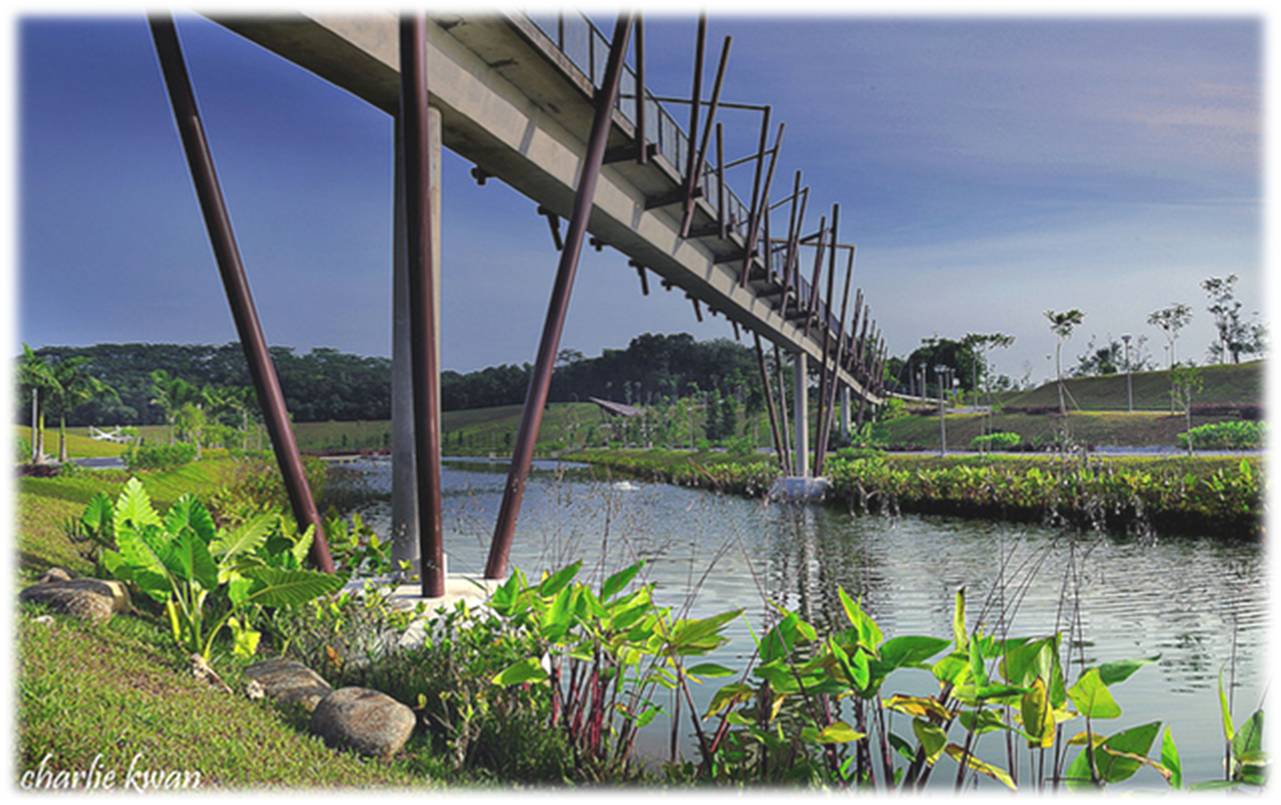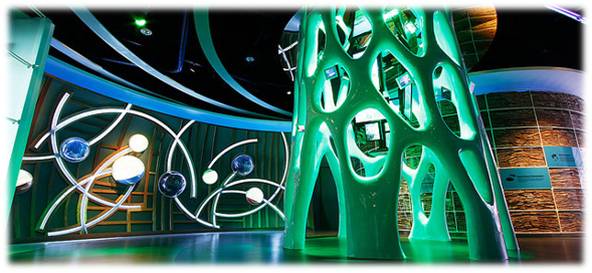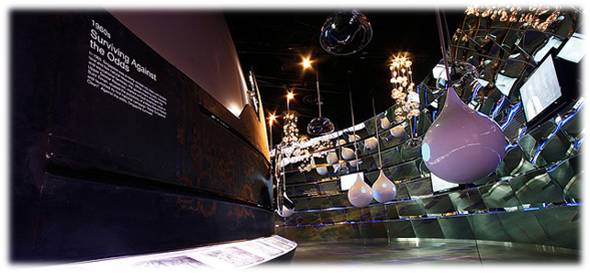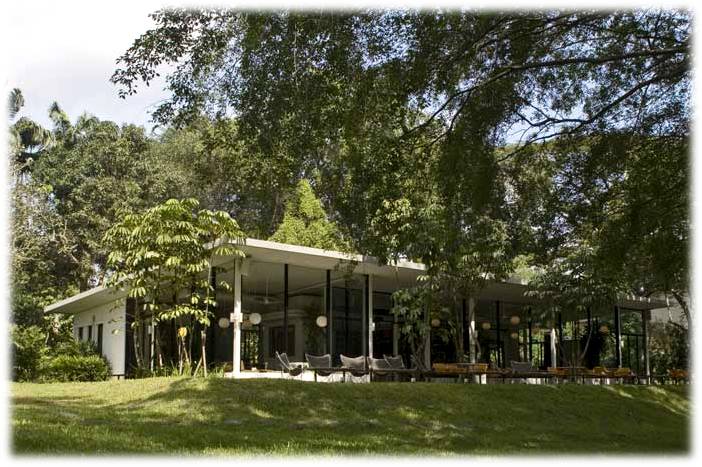[fblike]
{Punggol Waterfront map. © NParks}
The best ways to experience the waterway would be by walking or cycling. So come join us on a virtual tour of this unique waterway. Starting from the east of the waterway, which boasts a landscape theme that is green and rustic you will be transported to a bushland like setting where peace and tranquility surround you. As you stroll along the waterway, you will arrive at the sunrise bridge. Elevated above vegetation, this bridge is the perfect spot to watch the sunrise and also presents many opportunities for photography enthusiasts.
Traveling along, you will be impressed by the landscape along the promenade. There will be inter-twining footpaths, meandering cycling tracks, streams and landscape features that blend in with undulating hills, reinforcing the rustic charms of nature.
As you head further west along the track, there is also an option to hire bicycles and up the pace of your journey while getting a good workout at the same time. As you enter the Town Park, you will experience open green spaces in the form of the Green Gallery, where budding artists can create works of art, while soaking in nature’s beauty.
A highlight of the journey would have to be the pedestrian ‘kelong-like’ bridge which recaptures the idyllic mood of old Punggol with its quaint villages. The bridge leads to a heritage trail that follows the original alignment of the existing Punggol Road. The existing vegetation will preserved and the heritage of Punggol would be depicted along artificial rock walls feature alongside the trail.
Not only does the design bring water closer to people, it brings history up close as well.
Just ahead in the water play cum sand area, families can look forward to spending weekends soaking up the sun while their children learn and have fun through water based play. As you cast your eyes across the waterway, you will notice streams of water cascading down from the bio-pond, presenting a picture perfect nature sanctuary that adds to the appeal of this waterway.
Source: We Love Punggol
{One of the bridges © Charlie Kwan}
{One of the bridges © Charlie Kwan}
{Pathway under the Waterfall. © Charlie Kwan}




















